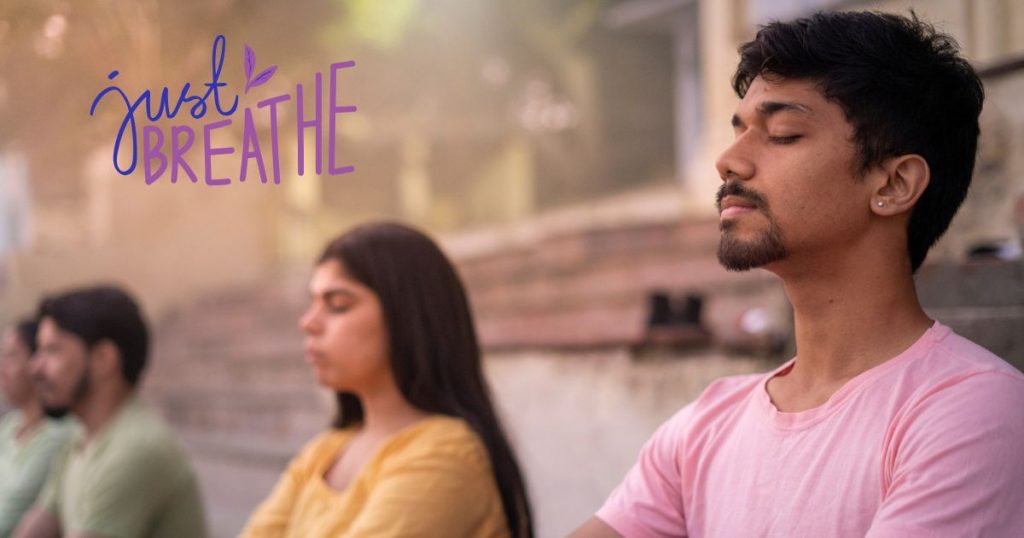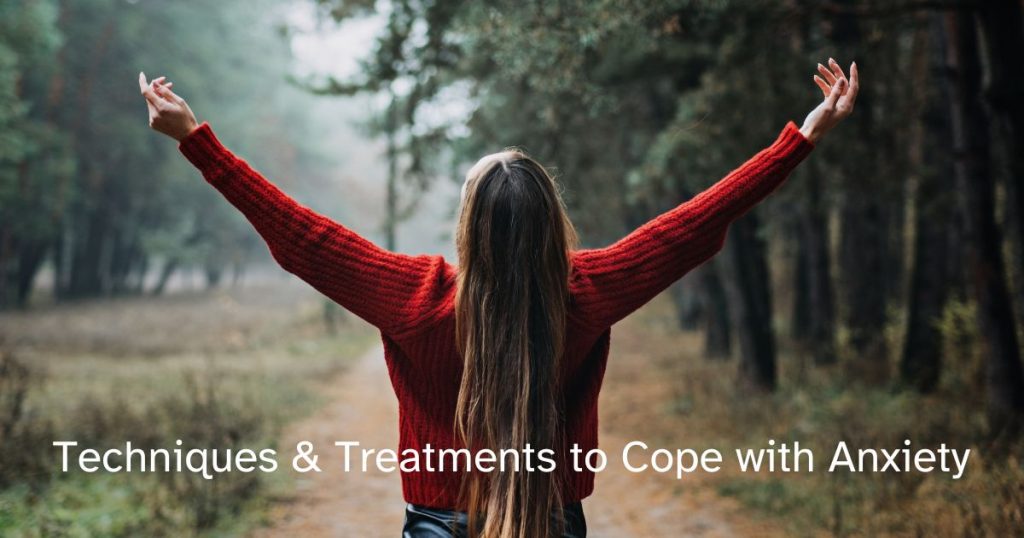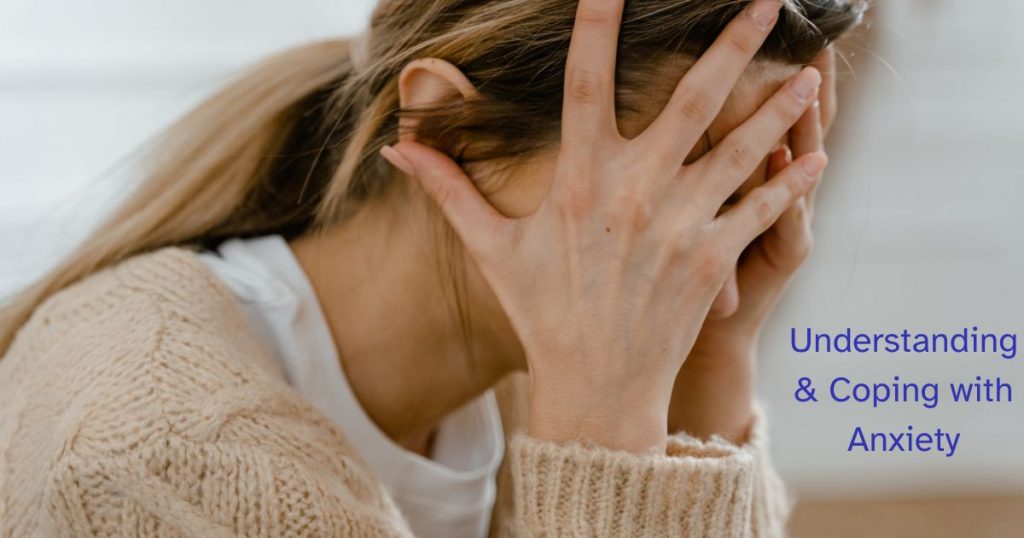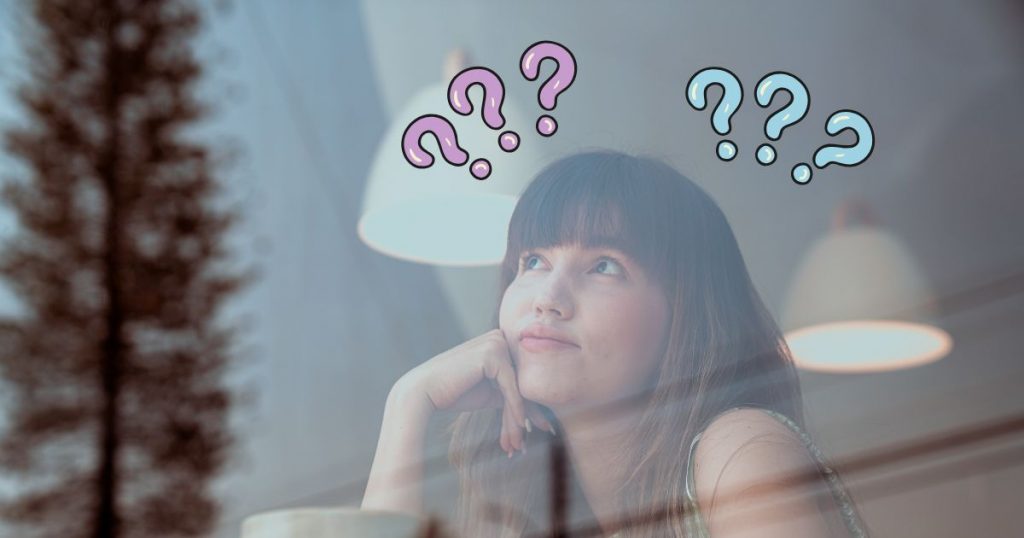The Breathing Technique
There are so many breathing techniques. This one in particular caught my eye.* The heading said “Emotion Regulation. Any of us with anxiety and/or trauma certainly know the need to regulate our emotions. But how? This particular breathing technique, with its’ familiar “in through the nose, out through the mouth” breathing instruction, focuses on both the in and the out breath being the same measure. Dr. Van der Kolk explained how the part of our Central Nervous System (CNS) that runs throughout our body, has a part called the Autonomic Nervous System (ANS) with its two main parts: Sympathetic and Para-Sympathetic. You likely learned about it in a high school class. Recall it is activated by the Sympathetic part whereas the Para-sympathetic helps us calm down. When we are anxious both parts spring into action … and may get dysregulated. The para-sympathic helps us to get activated when it senses danger. If, for example, a big dog is chasing after you, you need to get moving to a place of safety. You cannot stop and think about it. You need to run. Fast. Now! The parasympathetic nervous system gets activated, and off you go, running for your life. Once the danger has passed, your sympathetic nervous system helps calm you down. As it does, you may feel shaky, faint, scared yet relieved. Problem is, we often can get overly activated, seeing danger for no real reason at all, but based on our experiences with life we/ you interpret danger when there is none: If you were raised in an abusive, neglectful family, it is easy to understand how you might interpret danger at every turn. (e.g. Your boss calls you into her office to talk to you. You wonder if you are going to be fired. Your heart is beating like crazy and your hands are sweaty and you may feel like your’re going to faint.) Your ANS got overly activated because you sensed danger. However, as you find out, your boss just wanted to ask you to take on an additional task. Yet you feel limp. Drained. Relieved. Anxiety doesn’t develop out of no-where. Your life experiences wired you to sense danger. You don’t deserve to have to live in a world of fear, getting easily triggered, feeling you did something wrong. But first, you need to learn how to calm down! Like anything else in life, anything in moderation is useful but in excess works against you. Recall hearing about “fight/flight/freeze/faint” ? When you breathe in you activate your sympathetic nervous syste m. When you breathe out, you activate the relaxation response. Too much of anything – including activation of your nervous system, works against you. (Like drinking alcohol; moderation is okay if your body can tolerate it; like food; which you need to survive. But too much works against you. Think alcohol. Think food. Too much of either can get you into trouble. Balance is the issue here. Breathing helps you to regulate yourself. When your inbreath and your outbreath are the same measure, you balance your nervous system. As I say, “even-even makes you even.” How can you be sure your in-breath and out- breath are the same measure? Whereas Dr. Van der Kolk suggests setting your watch, I say, count. If you can breathe in to the count of five or six or whatever number, then breathe out to the same count. Repeat over and over again. Practice, practice, practice….. Like going to the gym, first time you work out, you come out of the gym looking the same as you went in. By the time you have gone regularly you start to see results. Stop going to the gym, and you lose those results. Just ask any of us who sat out the Pandemic! The key to any techniques you may use for any of the issues you experience is repetition. Continued practice with those techniques that work for you. They all work… if you work them, and you stay working them.” *From The Body Keeps the Score by Bessel A. Van der Kolk, M.D. Learn More About Dr. Kindle Connect with Dr. Kindle
The Breathing Technique Read More »






